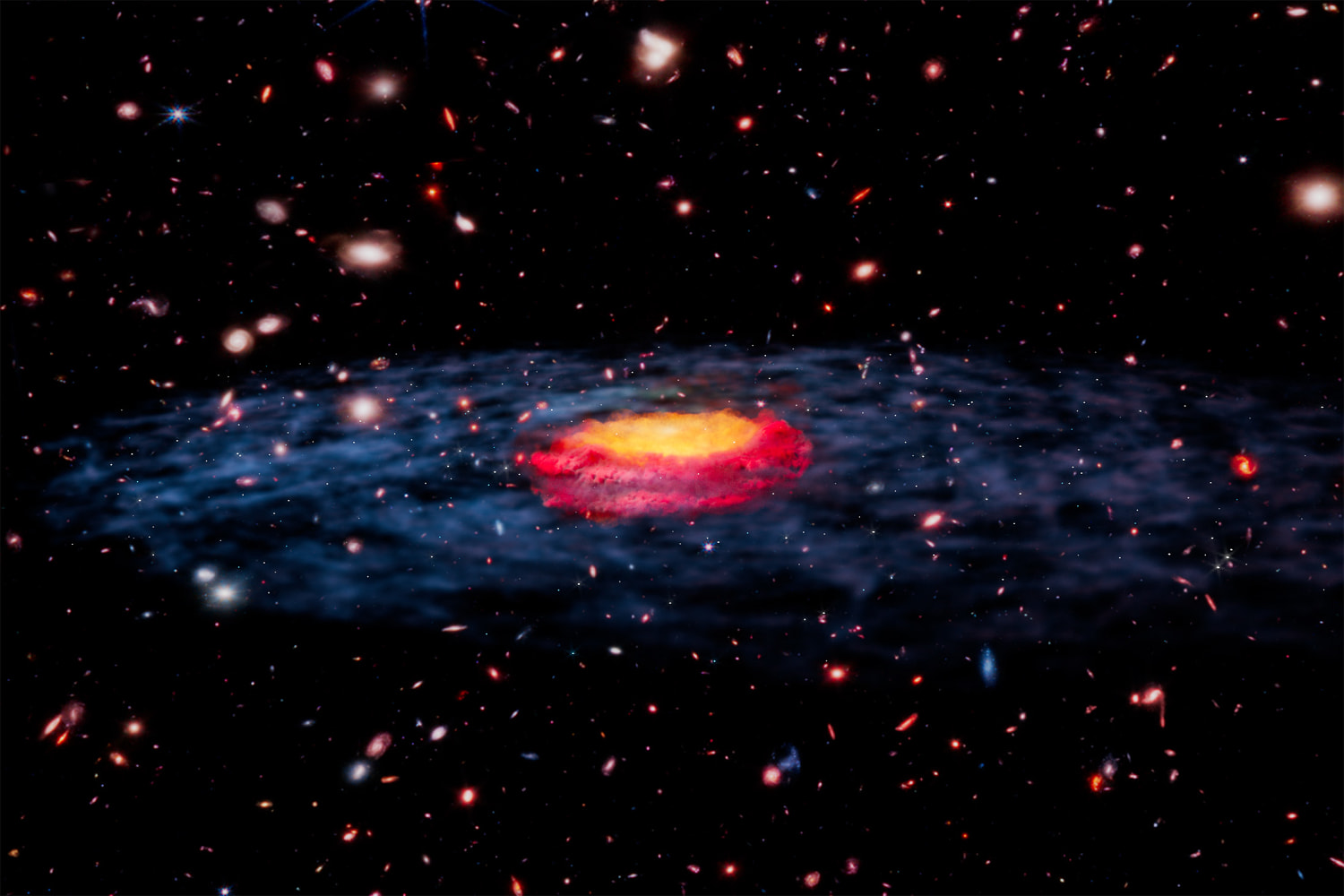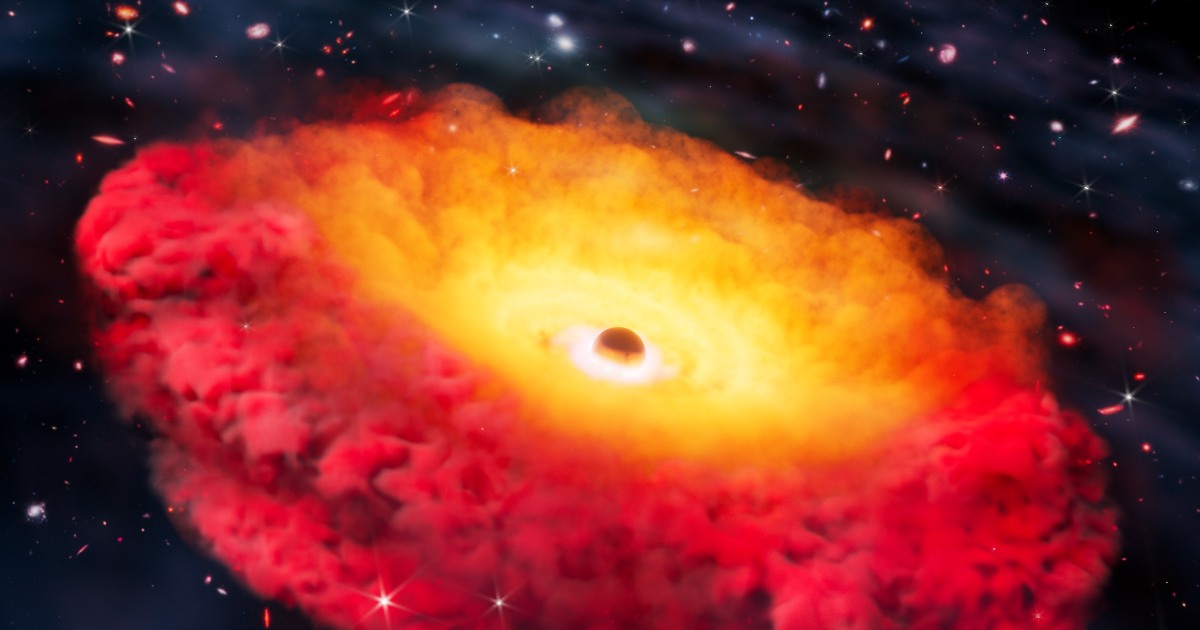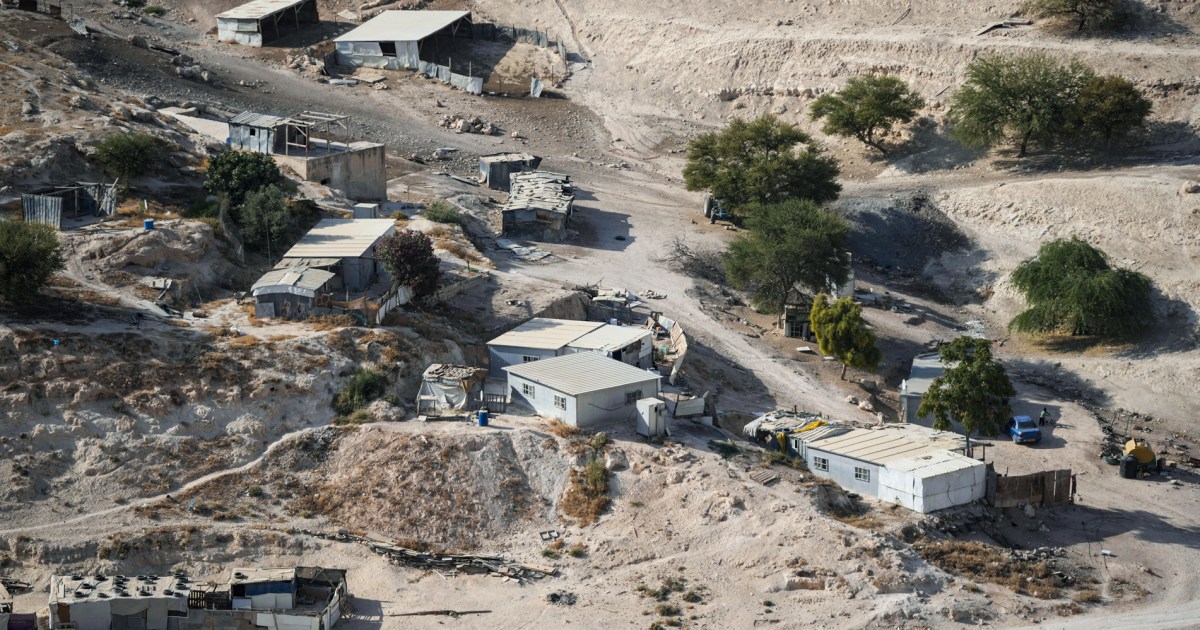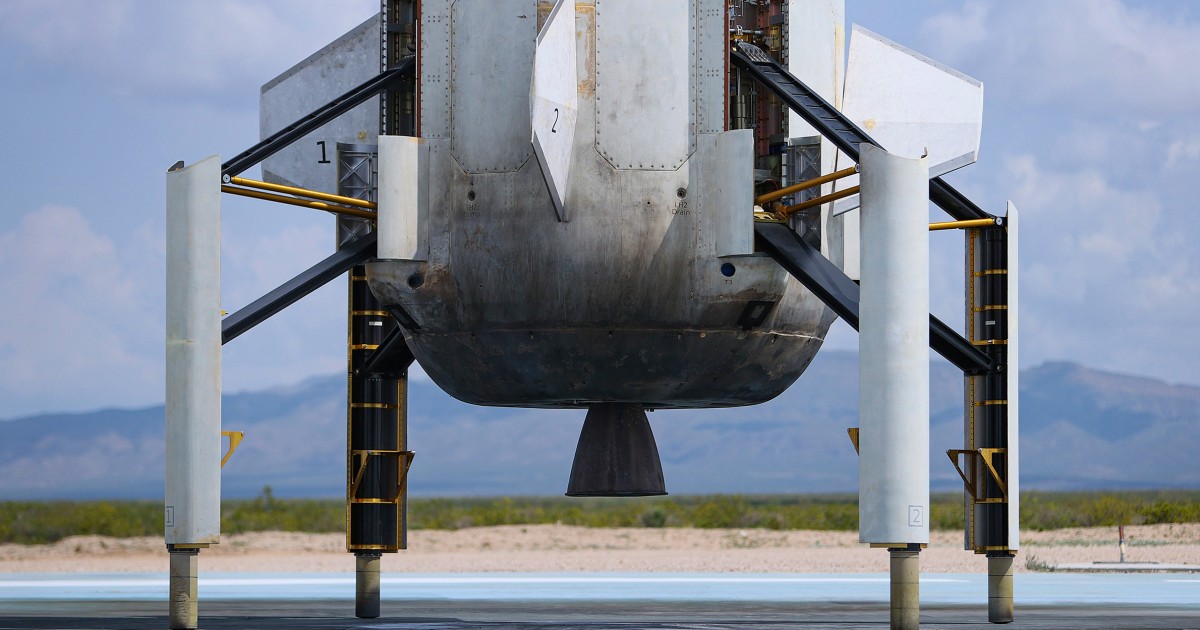
With spectroscopy, astronomers can look for telltale signs of stars, galaxies and other celestial objects. Black holes gobble up dust and matter around them, compressing and heating the material as it swirls around and falls into the black hole. All of that can be seen with spectroscopy, said study co-author Steven Finkelstein, a professor of astronomy at the University of Texas at Austin.
“We look for these signatures of very fast-moving gas,” Finkelstein said. “We’re talking about velocities of 1,000, 2,000, sometimes even 3,000 kilometers per second. Nothing else in the universe moves that fast, so we know it has to be gas around a black hole.”
Scientists have identified possible black hole candidates that are more distant, but this is the oldest one that has been confirmed with spectroscopy, he added.
The galaxy that harbors the newfound black hole was also a fascinating discovery, the researchers said. It’s part of a class of galaxies nicknamed “Little Red Dots” because they emit red wavelengths of light and are very compact and unexpectedly bright, according to Taylor.
Not much is known yet about Little Red Dots, but they were first spotted by the James Webb Space Telescope. Though some have been spotted relatively nearby, Finkelstein said they were likely more common in the early universe.
Studying the CAPERS-LRD-z9 galaxy may yield clues about how Little Red Dots came to be and what causes their distinct red color, the researchers said. It may also provide clues about how such an old black hole came to be so large early on in the universe’s evolution.
In follow-up studies, the researchers are hoping to find other black holes in the distant universe that are just as old — if not older.
“We only ever survey very tiny areas of the sky with the James Webb Space Telescope,” Finkelstein said. “So, if we find one thing, there’s got to be a lot more out there.”








